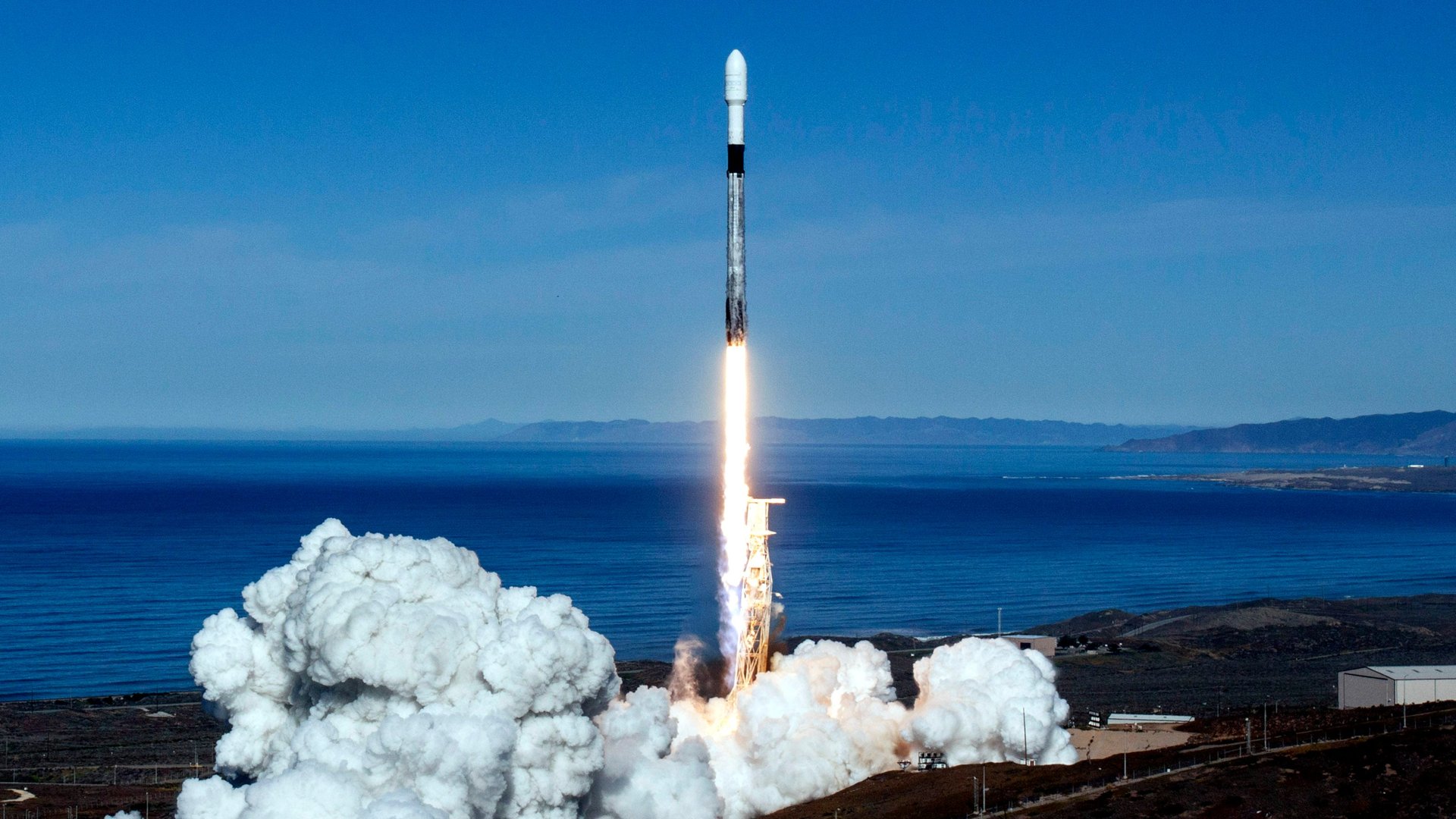Watch SpaceX finish a $3 billion tech upgrade
SpaceX is aiming to place 10 satellites in orbit this morning (Jan. 11) for Iridium Communications, a mission that completes a series of eight launches over two years, which overall will put 75 new satellites in orbit.


SpaceX is aiming to place 10 satellites in orbit this morning (Jan. 11) for Iridium Communications, a mission that completes a series of eight launches over two years, which overall will put 75 new satellites in orbit.
Iridium CEO Matt Desch says this is “the most important milestone of all” in the $3 billion effort to replace the company’s existing spacecraft. Iridium calls it the largest tech upgrade in space history.
After the Falcon 9 rocket takes off from Vandenberg Air Force Base in California, expected at 7:31am pacific time (10:31am eastern time), SpaceX will attempt to land the reusable first stage of the rocket on an autonomous ship in the Pacific Ocean called Just Read the Instructions. If weather or other issues delay the flight, the company can try again tomorrow, Jan. 12.
You can watch all the action on the SpaceX’s live video feed:
This will be SpaceX’s first launch of 2019, after 21 launches last year, and its first attempt to land a booster stage since a failed hydraulic valve condemned a booster to a water landing while flying back to Cape Canaveral in Florida after a successful mission on Dec. 5.
The impending mission also comes with an audio playlist for those who want to follow along at home; Iridium put together a list of songs that should sync up with the launch operations and flight if all goes according to plan.
Iridium will use its new satellite network to provide improved communications services to more than a million customers across a variety of industries, including expanded services for the so-called “Internet of Things”—smart devices that need their own communications network to connect to the internet.
The satellites also include payloads built by Aireon, a venture co-owned by Iridium and several national air-traffic-control agencies, which will allow aircraft to be tracked in real-time, particularly over ocean airspace beyond the reach of current radar. This capability will give airlines more flexibility in route planning that they say means faster flights, less fuel consumed, and improved passenger safety.
Elon Musk’s space company, meanwhile, is waiting for the government to re-open so that it can launch the first test flight of its upgraded Dragon spacecraft ahead of its first effort to fly astronauts later this summer.